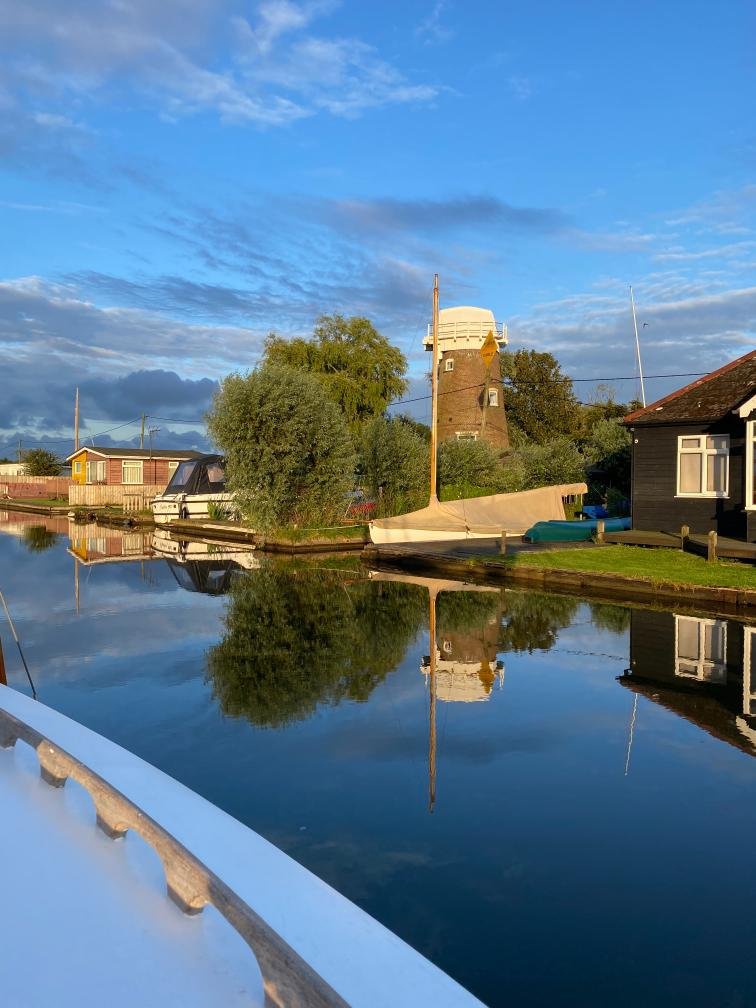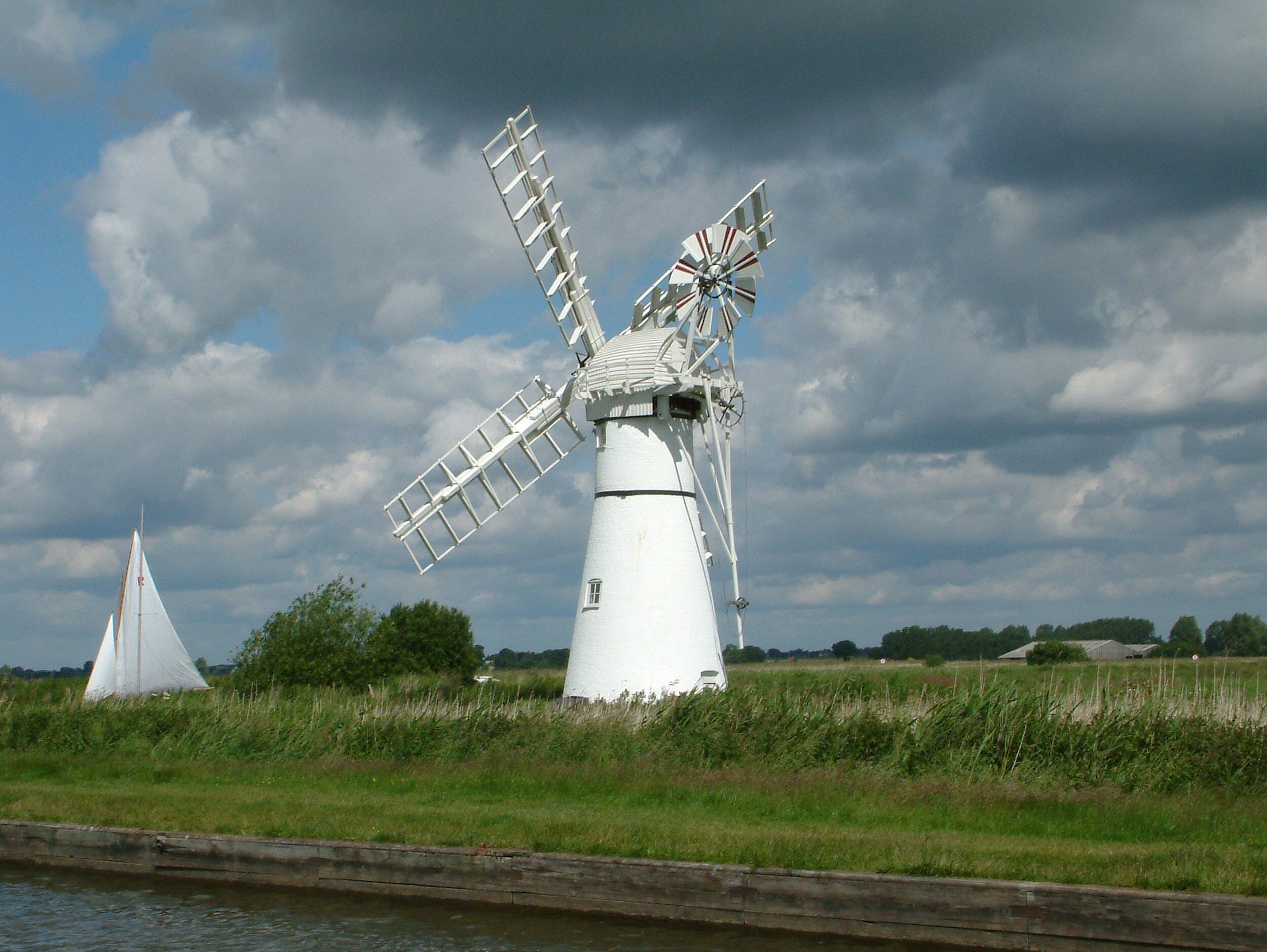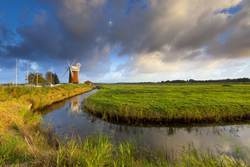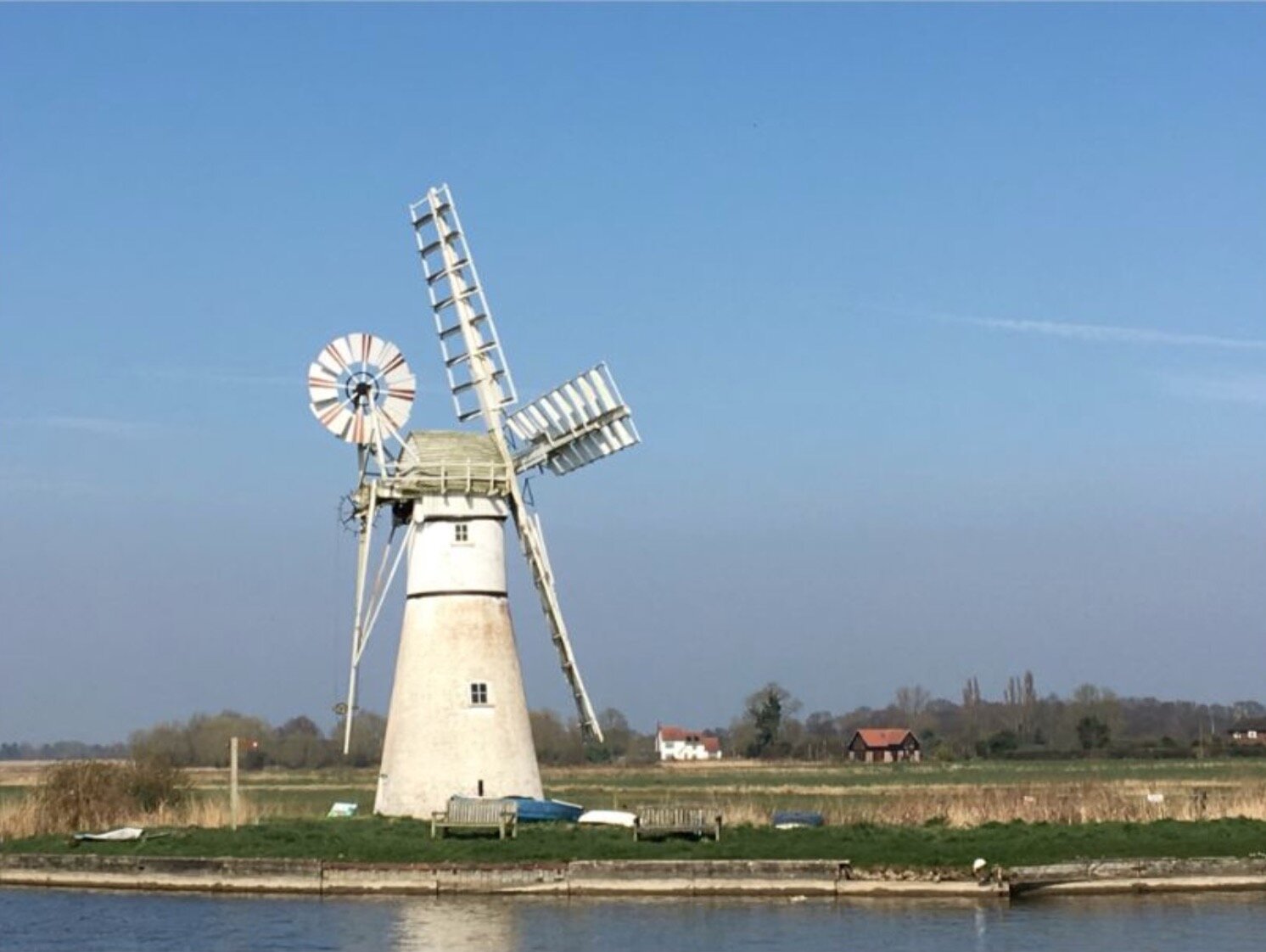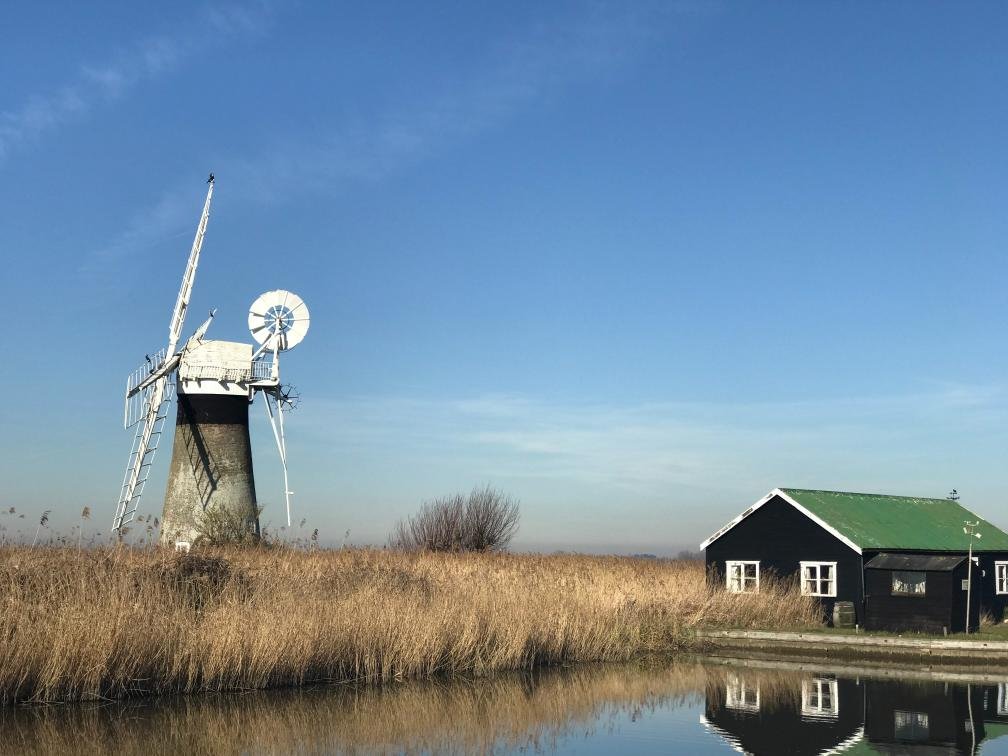The History of Norfolk Sailing
The history of sailing on the Norfolk Broads is a fascinating journey through time, tracing the evolution of this unique and picturesque waterway in East Anglia, England, U.K.
1. Natural Origins: The Norfolk Broads, a network of rivers and lakes, were formed by the digging of peat during medieval times. The result was a series of shallow lakes interconnected by rivers, creating a distinctive landscape that would eventually become a haven for sailors.
2. Early Waterborne Transportation: Historically, the waterways served as vital transportation routes for goods and people in the region. Small boats and wherries, shallow-draft cargo vessels with distinctive black sails, were commonly used to navigate the intricate watercourses. These vessels were crucial for the transportation of goods such as coal, reed, and livestock. The Norfolk Wherries were the first large sailing boats, to be converted for sailing holidays, with onboard accommodation.
3. Leisure Sailing Emerges: As the Industrial Revolution transformed the economic landscape of Britain, the need for traditional cargo transportation declined. This led to a shift in the use of the Broads, with an increasing focus on leisure activities. The calming waters and picturesque landscapes began to attract boating enthusiasts and tourists.
4. The Rise of Yachting: In the late 19th century, the advent of leisure yachting marked a significant turning point for sailing on the Norfolk Broads. Affluent individuals from nearby cities, particularly London, discovered the appeal of the Broads as a recreational destination. Yachting clubs were established, and sailing regattas became popular events, contributing to the region's reputation as a leisure sailing destination.
5. Boat Building Industry: The demand for boats suitable for leisure sailing on the Broads led to the growth of a boat-building industry in the region. Skilled craftsmen crafted elegant wooden sailing boats known as Norfolk Broads yachts. These boats, characterized by their gaff rig and shallow drafts, became synonymous with the area's sailing culture.
6. Tourism Boom: In the early 20th century, the Norfolk Broads experienced a tourism boom. Sailing on the Broads became a fashionable and desirable pastime for the middle and upper classes. The region's unique combination of natural beauty and recreational opportunities attracted visitors from across the country.
7. Preservation and Conservation: In the latter half of the 20th century, increased environmental awareness led to efforts to preserve and protect the delicate ecosystem of the Broads. Conservation initiatives focused on maintaining the balance between human enjoyment and the preservation of the natural habitat.
8. Modern Sailing Culture: Today, the Norfolk Broads continue to be a popular destination for sailing enthusiasts, with a mix of traditional wooden boats and modern fiberglass vessels. The unique combination of wildlife, historic windmills, and charming villages along the waterways creates a timeless appeal for those seeking a sailing experience deeply rooted in history.
The history of sailing on the Norfolk Broads is a testament to the adaptability of a landscape shaped by both nature and human activity, evolving from a utilitarian waterway to a cherished recreational haven.

